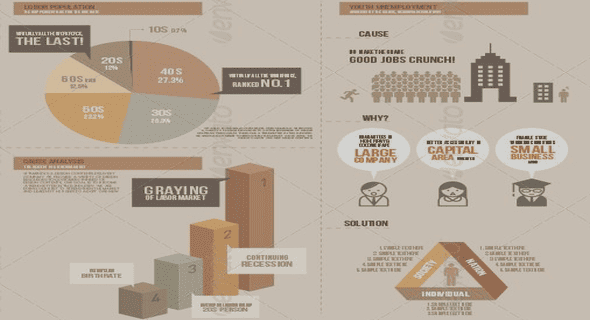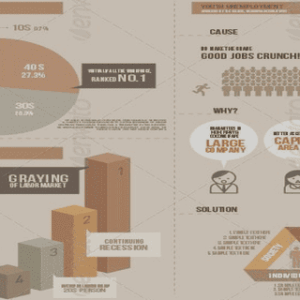(Downloads - 0)
For more info about our services contact : help@bestpfe.com
Table of contents
1 General Introduction
1.1 The great productivity slowdown
1.2 Misallocation before, during, and after the Great Recession
1.3 Granular borrowers
1.4 Bank lending shocks, credit allocation, and capital allocation
2 Misallocation before, during, and after the Great Recession
2.1 Introduction
2.2 Theoretical framework
2.2.1 The ecient allocation
2.2.2 Production functions and output aggregators
2.2.3 Capital, labor and the log-normality assumption
2.2.4 Misallocation and aggregate TFP
2.3 Data
2.3.1 Data description
2.3.2 Estimation of the parameters
2.4 Empirical results
2.4.1 Distortions and rm characteristics
2.4.2 Misallocation and contribution to the variations in TFP
2.5 Robustness checks
2.6 Conclusion
2.7 Tables and gures
2.8 The log-normality assumption
2.9 Sector-specic elasticities of substitution
3 Granular Borrowers
3.1 Introduction
3.2 Granular borrowers
3.2.1 Presentation of the data set
3.2.2 Credit concentration: evidence at the bank and aggregate level
3.3 Estimating rm and bank shocks
3.3.1 Presentation of the methodology
3.3.2 Single- and multiple-bank borrowers
3.3.3 Aggregation and normalization of the shocks
3.3.4 External validation of the rm components
3.4 Granular borrowers and the cyclicality of aggregate credit
3.4.1 Granularity and cyclicality
3.4.2 Dissecting the cyclicality of aggregate credit
3.4.3 Granular shocks and granular trends
3.4.4 Robustness checks
3.5 Bank liquidity risk and borrower concentration
3.5.1 Can banks pool borrower idiosyncratic risk?
3.5.2 Borrower concentration as a source of synchronization
3.6 Conclusion
3.7 Tables and gures
4 Bank lending shocks, credit allocation, and capital allocation
4.1 Introduction
4.2 Data
4.3 Estimation of bank credit shocks
4.4 Main variables and descriptive statistics
4.5 Results
4.5.1 Aggregate bank shocks and credit allocation
4.5.2 Average real eects of bank shocks on rm-level outcomes
4.5.3 From credit allocation to resource allocation
4.6 Conclusion
4.7 Figures
4.8 Tables


